In this special three part series of PSC Deep Dive, host William P. Adams Jr. MD moderates a group discussion on Breast Implant Associated-Anaplastic Large Cell Lymphoma (BIA-ALCL) with three BIA-ALCL patients: Terri McGregor, Michelle Forney and Jennifer Cook.
Part one of the series focused on raising awareness of the symptoms, diagnosis and treatment protocols for BIA-ALCL. In part two, the group takes a closer look at how a patient-run online support group is empowering women, and clinicians, to find the answers and treatments they need to overcome the disease.
WHAT IS BIA-ALCL?
BIA-ALCL is a lymphoma associated with textured breast implants, both saline and silicone. Unlike breast cancer, which develops in the tissues of the breast, BIA-ALCL is found in the fluid and scar tissue surrounding the breast implant. When the disease is detected early, surgical removal of the implant, the scar tissue and the fluid can cure the disease. When the disease is not detected early, it can spread and in some cases, become deadly.
Not all physicians and patients are aware of BIA-ALCL, which can lead to delays in diagnosis and progression of the disease. Raising awareness of BIA-ALCL, its symptoms and treatment protocol, is critical to maximizing the safety of patients with breast implants.
Terri’s Story
In July of 2015 Terri McGregor received the phone call from her doctor’s secretary informing her that she had cancer. Her diagnosis was stage IV lymphoma. It was the first time her plastic surgeon had seen a case of BIA-ALCL, and he informed her that he was reaching out to other doctors who had experience with the disease. After surgery to remove the implants, she was referred to a team of oncologists for further treatment.
The oncologists, it turns out, weren’t sure what to do with her either. At that time, there was only one oncology paper written about a total of 60 BIA-ALCL cases, the majority of which were not stage IV. Like her surgeon, the oncologists were honest with Terri, informing her of their lack of experience with her unique type of lymphoma.
“A multi-disciplinary team at a large research hospital was at least looking at my case,” shares Terri, who felt confident she was in the right place. “For me, I at least had that peace that if there’s a best effort, at my survival, I think this is it.”
They began treatment with standard lymphoma protocol, and Terri underwent six grueling rounds of chemotherapy. When that failed, she underwent two rounds of a secondary type of chemotherapy, which also failed. At that point she was given a terminal prognosis.
Thankfully, Terri’s story does not end there. Through a clinical trial she received treatment with a new drug called Brentuximab. After four rounds of treatment with Brentuximab, Terri’s PET scan came back clear for the first time in two years. No evidence of the disease remained.
Knowledge is Power
Terri, Jennifer and Michelle have all gone through treatment for BIA-ALCL. They recognize the importance of both being informed themselves and also being treated by someone who is well-informed. As moderators for the BIA-ALCL Facebook page, they dedicate their time, sometimes multiple hours each day, to helping others who are looking for answers. While they are careful not to represent themselves as experts, they are consistently referring women to the doctors and articles that have helped them through their own diagnosis and treatment. They share the latest published medical articles relating to BIA-ALCL, as well as sharing their own stories and experiences. Women who are interested in joining the group are screened through an online questionnaire prior to being added as members.
Within the privacy of a closed Facebook group, they even share their pathology reports and help women read and interpret theirs. “We’re not oncologists, but what we do know is what to look for,” says Terri.
In some cases, women have been told that their breast fluid pathology report came back normal. However, when the group takes a closer look at the report, sometimes the testing appears incomplete. In these cases, the support group advises the women to go back and speak to their physician further. For several women in the group, further testing revealed the presence of BIA-ALCL.
“We don’t read documents, we study documents,” Terri continues. “There’s a reason I’m retired. We spend anywhere from an hour to four hours a day; this is our volunteer work. This is our service group. Maybe this is why we survived. I don’t know, but I do know that we keep moving forward knowing that there’s a greater good to be done and we’re going to do our little part.”
BIA-ALCL By The Numbers
Within the online support group are women from over forty countries. Of the over two thousand members, 560 of them have been diagnosed with BIA-ALCL. Unfortunately, online medical databases are not always up to speed on the number of women who have been diagnosed, which may lead both patients and clinicians to believe the disease is less common than it is.
“We’re not sure that we’re being counted,” explains Terri, pointing towards possible flaws in the current medical databases. “We’re suspecting that there’s probably a lot more cases out there that just haven’t been counted anywhere. They’re probably, hopefully, being treated, but they’re not being logged.”
Connecting Patients and Clinicians
As the BIA-ALCL patient support group grew from ten members to over two thousand, it became clear to the moderators that there was also a need for a separate group where patients and clinicians could interact. A second site was created, a place where doctors can share their research and medical articles, and patients can share their pathology reports and experiences. While the original group is open to anyone with breast implants interested in learning more about BIA-ALCL, the second group is limited to women who have symptoms of BIA-ALCL and those who have been diagnosed.
“It’s an opportunity for clinicians, in real time, to learn unique situations that are out there, and how they are being handled,” shares Jennifer Cook, an active moderator in both online support groups. “My situation was somewhat unique in that I had an actual mass on the capsule that was biopsied with a core needle biopsy. I shared my pathology report. There are real reports you can actually look at. A lot of doctors may not know that that can be done.”
Stay tuned for part three of the series coming soon.






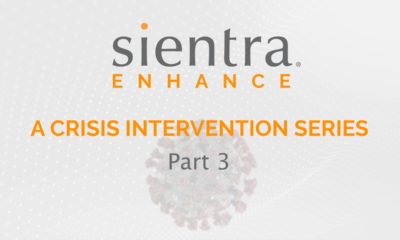

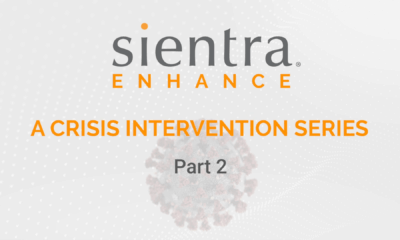
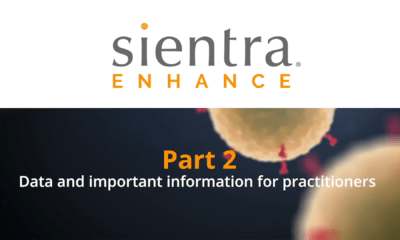
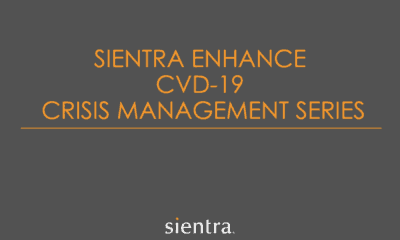
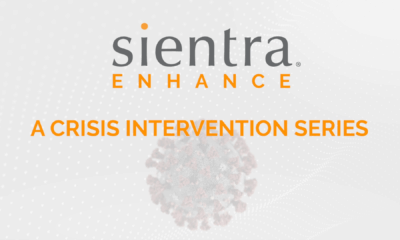
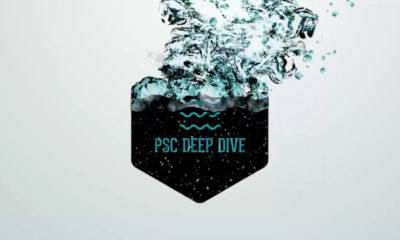





Facebook
Twitter
Instagram
YouTube
RSS